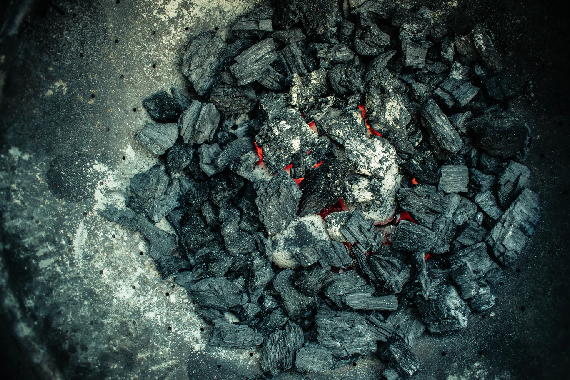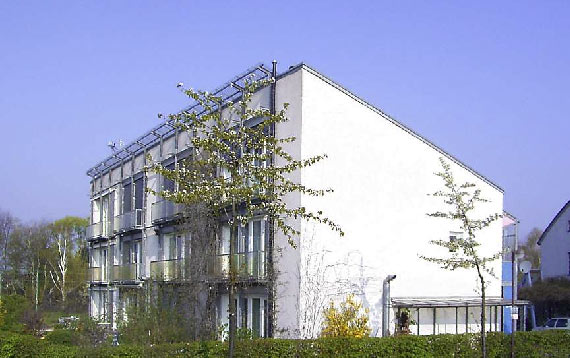As we enter the last weeks of autumn, many households begin to turn on their heating devices, which they will keep in use until the first signs of spring. The human need to protect themselves from the cold in order to survive has existed since the beginning of time, but heating systems have evolved a great deal since the discovery of the most basic solution, fire. Even so, today´s more popular solutions still have unfinished business: reaching everyone in a safer and more sustainable way.
A report on air quality from the World Health Organization revealed that heating systems produce two of the four types of pollutants present in the air, nitrogen dioxide and sulfur dioxide. In the European Union, heating and cooling systems consume more than 50 percent of energy consumption. In addition, this energy supply comes mostly from fossil fuels, specifically 84 percent in the EU. Heating´s contribution to global warming, together with the problems of access to this basic need for a good part of the population, confirms that an evolution of current systems is needed.
The heating problem for the most vulnerable groups
When tackling the issue of home heating sustainability, inequality is a key factor that should be taken into account. On the one hand, the UN estimates that some 3 billion people in the world continue to use solid fuels, such as wood, agricultural residues, coal, and excrement, to cook and heat their homes. Indoor air pollution caused by these fuels can cause the air in poorly ventilated homes to contain a volume of fine particles 100 times greater than recommended. This danger is greater for women and children, who spend more time inside their homes.

On the other hand, in countries where heating systems are generally safe, the most pressing problem is energy poverty, that is, the inability of households to cover the energy costs of their basic needs. A Spanish Red Cross newsletter on social vulnerability in the field of housing and energy poverty, published in December 2018, revealed that energy poverty rates in low income Spanish households were higher than ten years ago. According to data from the Living Conditions Survey, a total of 6.8 million people in Spain are likely to be suffering from inadequate temperatures in their homes and / or delays in paying utility bills.
Passive houses: The future of heating and air conditioning?
The key to the future of heating and cooling our homes could lie in passive heating systems. One of bioclimatic architecture´s resources is the design and construction of buildings that take their environment into account. The idea behind passive houses is the possibility of maintaining a comfortable room temperature throughout the year without the need of resorting to traditional heating systems or at least to a much lesser extent. The foundations of this trend are not at all new, since the origin of this standard for construction known as Passivhaus originated in 1988. This standard already included the advantages of resources such as great thermal insulation, infiltration control and the maximum use of solar energy to reduce household energy consumption by up to 70 or 80 percent. However, it would not be an easy measure to adopt in buildings that are not newly constructed.

Although this standard has been around for more than 30 years, these techniques are not widely used in homes yet, but this could all change soon enough. Within the European Union, and under the EU Directive 2018/844—which pursues the transformation towards a sustainable energy system— the need for member states to take measures to decarbonize housing stock in their territories between now and 2050 has been established. In new buildings, high efficiency constructions, with characteristics such as those discussed above, should be encouraged. For existing buildings, the objective would be to carry out renovations to improve the thermal installations and the insulation of the houses.
Despite the havoc caused by the COVID-19 pandemic as we work toward reaching our sustainability objectives worldwide, climate action remains a priority amid the crisis, as global climate change could still have the most devastating consequences.
Comments on this publication